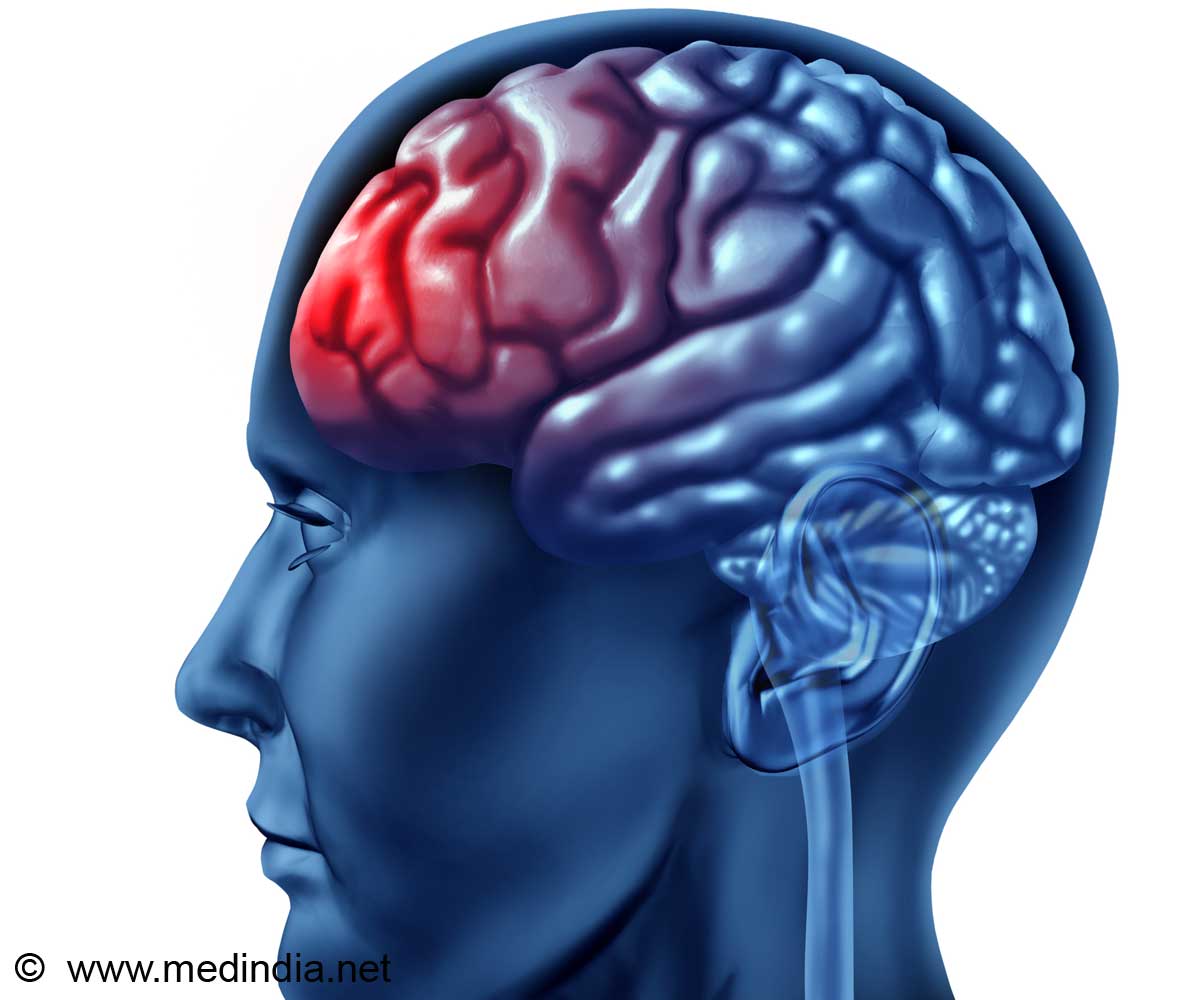
Senior author, Susumu Tonegawa, the Picower Professor of Biology and Neuroscience said this is a critical ability that helps the brain to determine when it needs to take action to defend against a potential threat.
The interaction of these two circuits allows the brain to maintain a balance between becoming too easily paralyzed with fear and being too careless, which could result in being caught off guard by a predator or other threat.
The new study builds on a 2011 study from Tonegawa's lab in which he identified a brain circuit necessary for mice to link memories of two events- a tone and a mild electric shock- that occur up to 20 seconds apart.
This circuit connects layer 3 of the entorhinal cortex to the CA1 region of the hippocampus. When that circuit, known as the monosynaptic circuit, was disrupted, the animals did not learn to fear the tone.
The study was published in journal Science.
Advertisement












